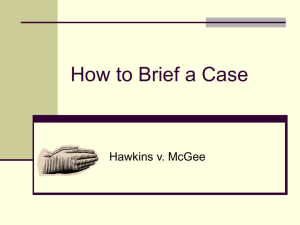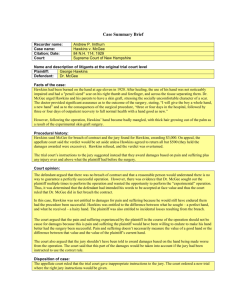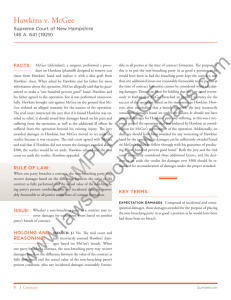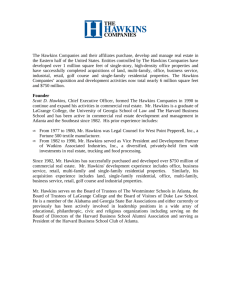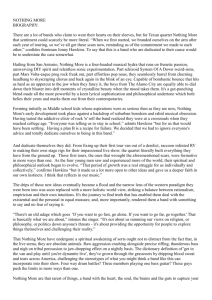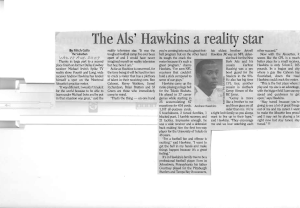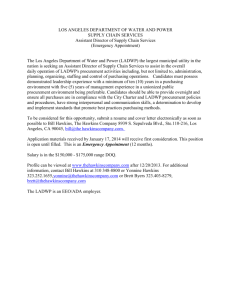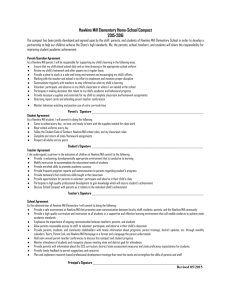Jim Whitney
advertisement
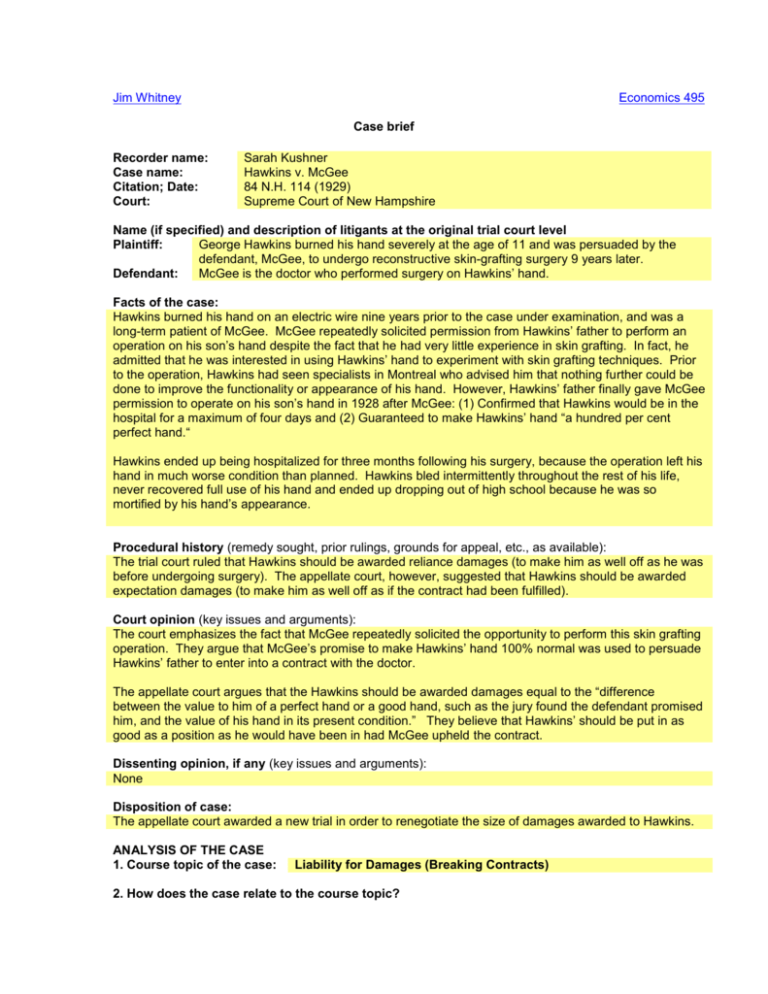
Jim Whitney Economics 495 Case brief Recorder name: Case name: Citation; Date: Court: Sarah Kushner Hawkins v. McGee 84 N.H. 114 (1929) Supreme Court of New Hampshire Name (if specified) and description of litigants at the original trial court level Plaintiff: George Hawkins burned his hand severely at the age of 11 and was persuaded by the defendant, McGee, to undergo reconstructive skin-grafting surgery 9 years later. Defendant: McGee is the doctor who performed surgery on Hawkins’ hand. Facts of the case: Hawkins burned his hand on an electric wire nine years prior to the case under examination, and was a long-term patient of McGee. McGee repeatedly solicited permission from Hawkins’ father to perform an operation on his son’s hand despite the fact that he had very little experience in skin grafting. In fact, he admitted that he was interested in using Hawkins’ hand to experiment with skin grafting techniques. Prior to the operation, Hawkins had seen specialists in Montreal who advised him that nothing further could be done to improve the functionality or appearance of his hand. However, Hawkins’ father finally gave McGee permission to operate on his son’s hand in 1928 after McGee: (1) Confirmed that Hawkins would be in the hospital for a maximum of four days and (2) Guaranteed to make Hawkins’ hand “a hundred per cent perfect hand.“ Hawkins ended up being hospitalized for three months following his surgery, because the operation left his hand in much worse condition than planned. Hawkins bled intermittently throughout the rest of his life, never recovered full use of his hand and ended up dropping out of high school because he was so mortified by his hand’s appearance. Procedural history (remedy sought, prior rulings, grounds for appeal, etc., as available): The trial court ruled that Hawkins should be awarded reliance damages (to make him as well off as he was before undergoing surgery). The appellate court, however, suggested that Hawkins should be awarded expectation damages (to make him as well off as if the contract had been fulfilled). Court opinion (key issues and arguments): The court emphasizes the fact that McGee repeatedly solicited the opportunity to perform this skin grafting operation. They argue that McGee’s promise to make Hawkins’ hand 100% normal was used to persuade Hawkins’ father to enter into a contract with the doctor. The appellate court argues that the Hawkins should be awarded damages equal to the “difference between the value to him of a perfect hand or a good hand, such as the jury found the defendant promised him, and the value of his hand in its present condition.” They believe that Hawkins’ should be put in as good as a position as he would have been in had McGee upheld the contract. Dissenting opinion, if any (key issues and arguments): None Disposition of case: The appellate court awarded a new trial in order to renegotiate the size of damages awarded to Hawkins. ANALYSIS OF THE CASE 1. Course topic of the case: Liability for Damages (Breaking Contracts) 2. How does the case relate to the course topic? This case illustrates that the law recognizes expectation damages, rather than reliance damages, as the appropriate reward for breach of contract. By awarding expectation damages, the court makes the plaintiff as well off as if the contract had been fulfilled. 3. Which previously assigned cases, if any, are related to this case, and how does this one differ? None 4. How does the case affect economic incentives and efficiency? This case helps us understand why it is efficient to award expectation damages for breaches of contract. In general, awarding expectation damages ensures that parties involved in contracts only breach when it is efficient to breach (when the unanticipated additional cost of fulfilling the contract is greater than the worth of the contract to the promisee).
